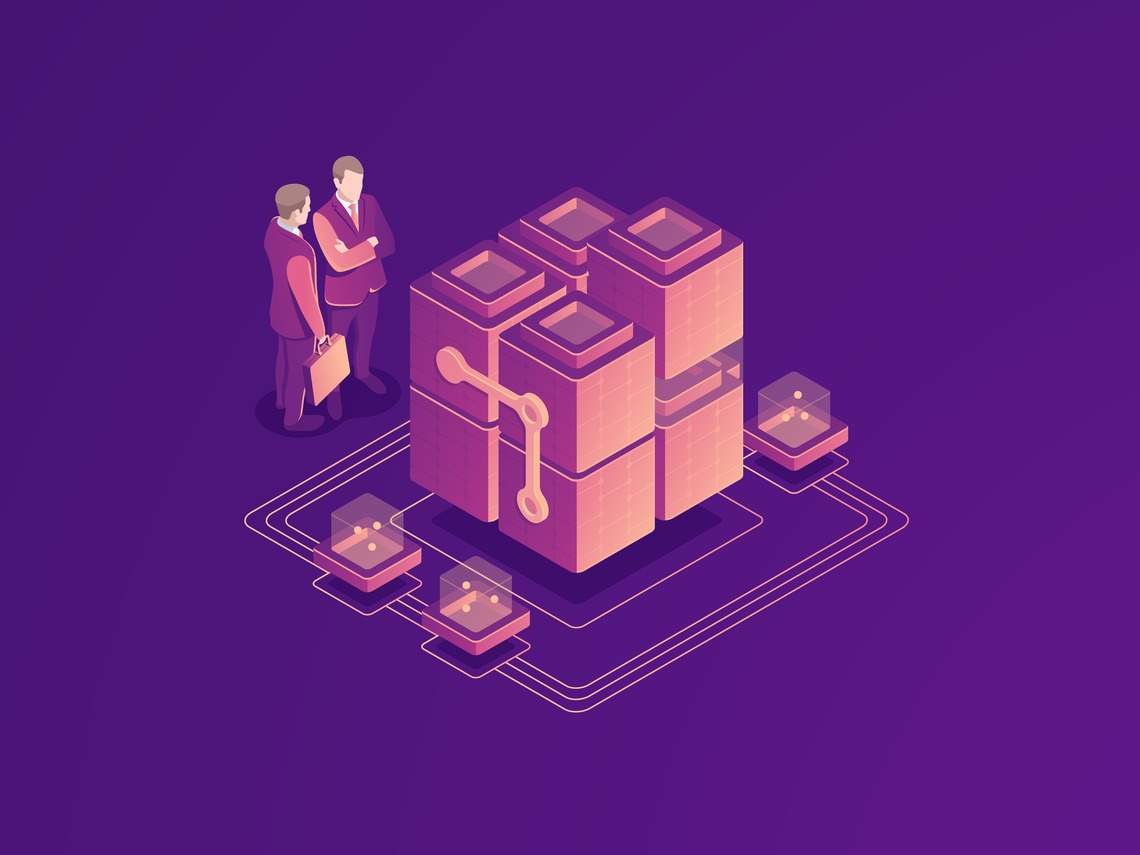Blockchain technology has unquestionably revolutionized numerous industries, yet the pursuit of genuine scalability remains a crucial obstacle. With the rising adoption of Web3 applications, the demand for blockchain networks capable of scaling to support widespread adoption has become imperative.
Sharding presents itself as a promising solution to tackle the scalability challenges that current blockchains encounter. The different sharding methodologies carry substantial implications for the future of decentralized networks.
Understanding Sharding
Sharding fundamentally involves partitioning a blockchain network into smaller, more manageable segments called “shards.” Each shard retains a distinct subset of the blockchain’s data and, in certain designs, handles the processing of specific transactions. This parallel processing capability directly leads to enhanced network throughput, making sharding a pivotal element in the pursuit of scalable and effective blockchain frameworks.
Nonetheless, the implementation of sharding transcends a one-size-fits-all fix. Various blockchain projects have explored diverse sharding strategies, each with its own advantages and trade-offs. Transaction sharding, network sharding, and state sharding stand as the primary types of sharding, offering unique benefits while posing distinct technical challenges.
Sharding Approaches
Compute Sharding: This method concentrates on distributing the workload based on transactions. A shard validates a block of transactions, with the receipt disseminated to all network nodes. Different shards validate distinct transaction blocks, while all nodes store the complete network state and update local states with validated blocks. This approach proves efficient for networks with a high volume of unrelated transactions.
However, transactions involving multiple shards become intricate, necessitating additional communication and validation steps. With every validator storing the global state, input-output bottlenecks and escalating storage requirements for vertical scaling due to state bloat may arise.
Network Sharding: Also known as functional sharding, this approach assigns validators to different subnets managed by a hub network facilitating communications between subnets. Transactions are routed to the relevant subnet, where all nodes validate each transaction and maintain the complete state. While this method disperses the computational load across various validator sets, it introduces challenges in upholding global consensus and ensuring network security.
State Sharding: Regarded as the most intricate type, state sharding divides the address space among different shards. For instance, Shard A may host addresses 0-100, Shard B hosts addresses 101 – 200, and so forth. Each shard upholds its unique state, offering substantial scalability potential. However, it poses significant technical hurdles when transactions involve accounts across multiple shards and when incorporating additional shards into the network.
Dynamic State Sharding
Dynamic state sharding represents the pinnacle of sharding techniques, allowing each validator node to host a unique address space range and form a shard dynamically for each transaction. Unlike static sharding, where nodes within a shard share the same address range, dynamic sharding permits a more granular distribution of workload and resources across every validator node in the network.
This approach enables the network to scale linearly with each added validator, as every validator manages a distinct address space and processes only transactions involving the accounts it hosts. Dynamic state sharding is vital for achieving genuine linear scalability, as each new validator contributes immediately to parallelism, reducing the overhead of other validators.
Moreover, dynamic state sharding ensures the retention of transaction consensus atomicity even when transactions engage accounts hosted by different validators. With dynamic state sharding, each transaction is autonomously processed and directed solely to the validators assigned to the involved accounts. The validators hosting the accounts in a transaction form the transaction group. A dynamic shard, termed the consensus group, is created by 128 validators from the transaction group, which collectively vote on the transaction to attain a quorum. By consolidating the complete transaction state within the consensus group, atomic consensus is achieved. Developers can leverage the same atomic composability capabilities on a dynamic state-shared network as on an unshared network.
Challenges and Conclusion
While sharding is a familiar concept, it is the innovative applications and dynamic approaches that distinguish the next generation of blockchain networks. By harnessing predictive analytics and historical data, these advanced sharding techniques proactively distribute the load across shards, anticipating future congestion and optimizing resource utilization. This ensures optimal performance during peak demand periods and enables genuine linear scalability, where new nodes immediately enhance the network’s transaction throughput.
The challenges of sharding demand robust validation mechanisms to ensure consistency across shards and prevent discrepancies in the overall blockchain state. Maintaining atomicity and cross-shard composability, safeguarding against shard-specific attacks, and delivering a seamless developer experience are among the hurdles blockchain projects are actively tackling through innovative solutions and robust security measures.
In conclusion, as the blockchain sector evolves, refining and deploying sharding techniques will be pivotal in unlocking the true scalability of decentralized networks. By embracing advanced sharding methodologies that leverage predictive analytics and dynamic load balancing, blockchain projects can position themselves at the vanguard of the scalability revolution, empowering the next wave of decentralized applications and propelling mainstream adoption of this transformative technology.
Through a dedication to innovation and a profound comprehension of scalability challenges, blockchain projects are paving the way for a future where decentralized networks adeptly cater to the demands of a global user base. The evolution in blockchain sharding, particularly with dynamic state sharding, marks a significant stride towards realizing the full potential of decentralized applications and ushering in a new era of scalable and efficient blockchain architectures.

